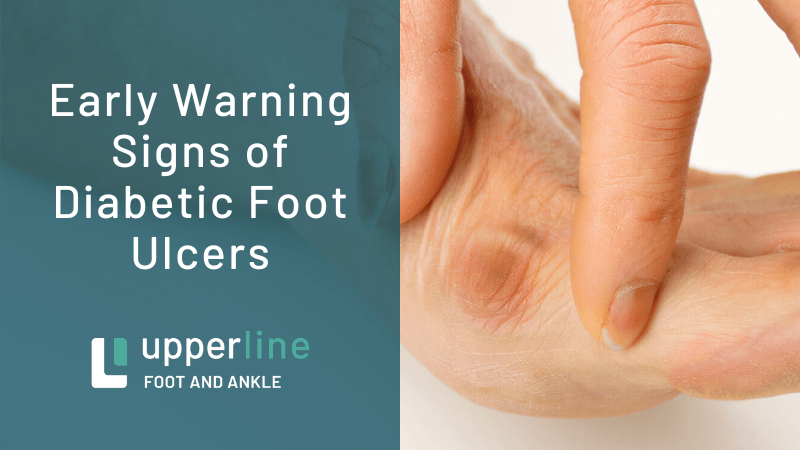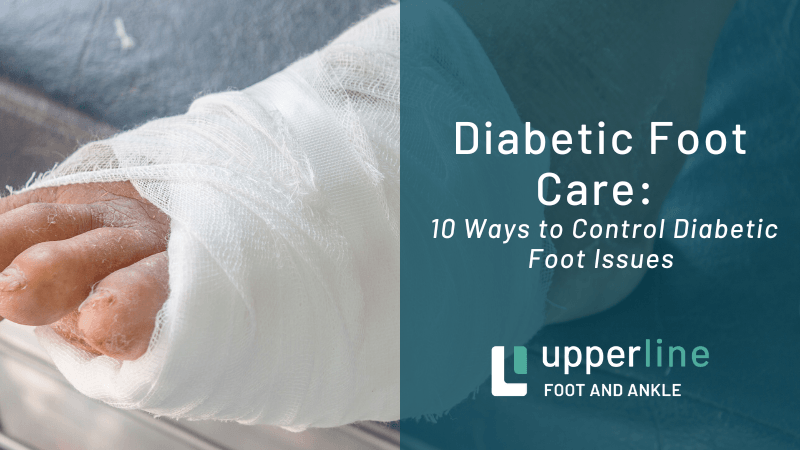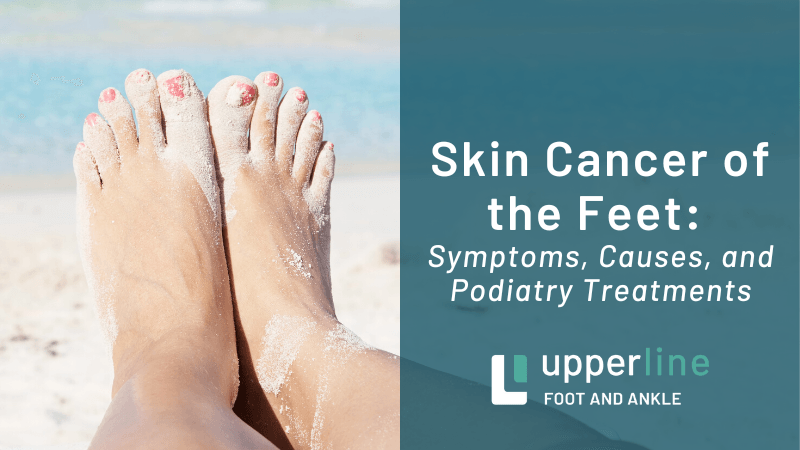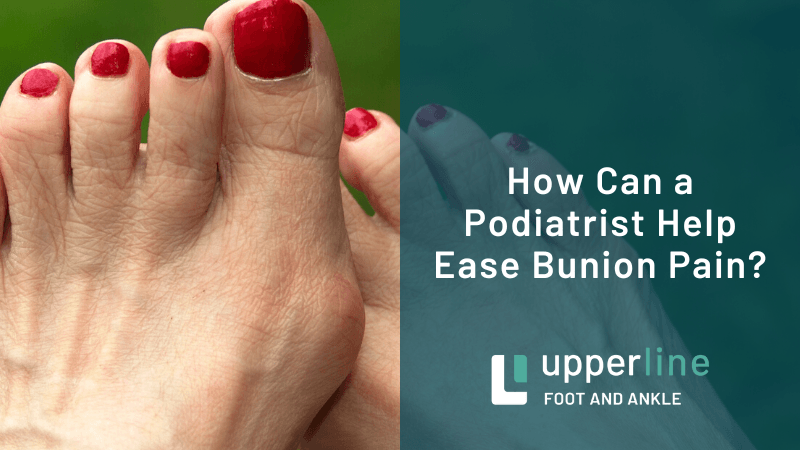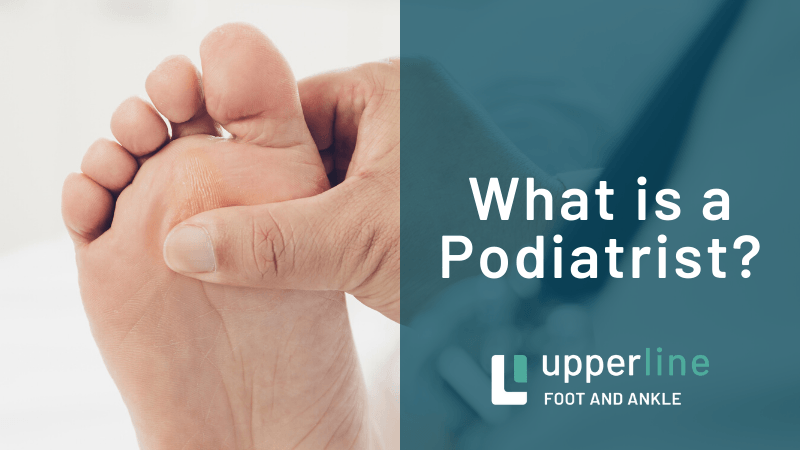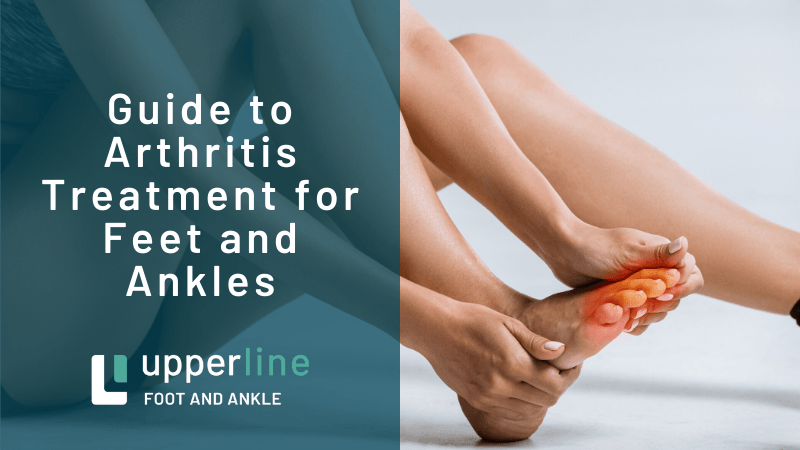Curled Toe Nails? All About Pincer Nails and Ingrown Toenails
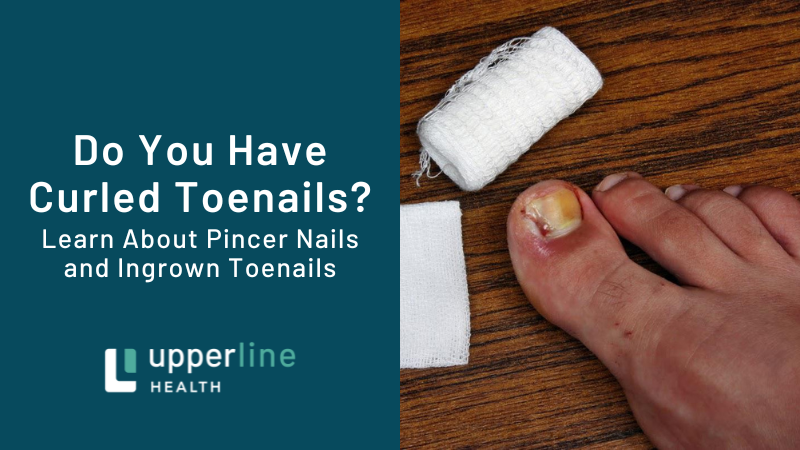
If you notice that your toenails have a curled appearance or that the lateral edges seem to slope inward toward one another as the free edge grows, you may have what's known as a pincer nail. Learn more about this condition and why you might be at risk for ingrown toenails if you have it.
What Causes Pincer Toenails?
Pincer toenails are a nail deformity that causes over-curvature in the nail. There can be numerous causes of pincer toenails, such as:
- A fungal disease, like Onychomycosis
- Certain medications, like beta-blockers
- A tumor or cyst near the nail bed
- Autoimmune diseases, like lupus or psoriasis
- A family history of pincer nails (although no specific genes have been identified)
You'll want to visit a podiatrist to find the root cause of your pincer toenails. If it is caused by something like onychomycosis, then the podiatrist can prescribe an antifungal medication.
What Do You Do If Pincer Nails Don't Go Away?
If you have an autoimmune disease or a family history of pincer nails, it may be harder to get rid of this condition. Pincer nails aren't inherently bad, and if they keep occurring, then the goal may just be to manage the condition.
For instance, you can reduce the development of pincer nails by avoiding tight socks and tight shoes, like high heels. If your pincer nails are caused by certain medications, you may want to talk with your doctor about alternative options with fewer side effects.
The main concern of recurring pincer nails is the development of ingrown toenails. So if you have pincer nails, then you should keep an eye out for ingrown toenails.
What Are Ingrown Toenails?
When the edges of your nails pierce the surrounding skin and keep growing, this is known as an ingrown toenail. This is a very common condition in big toenails. If you have an ingrown toenail, you may have a
- A foot odor
- Drainage or pus around the toe
- Pain, redness, or swelling
- Excess skin tissue around the injured area
Because pincer toenails curl and taper inward, it's even easier for toenails to grow into the skin. Ingrown toenails can start out as a mild irritation, but they can become more painful because trapped bacteria and debris can cause infections. If you have diabetes or circulation issues, then ingrown toenails can turn into dangerous infections.
How Can You Avoid Ingrown Toenails With Pincer Nails?
If you have pincer nails, you may be tempted to trim the free end very short. However, this can increase the risk of ingrown toenails, so it's a good idea to let the free end grow out a little bit. Your podiatrist can then fit you with a special orthotic to slowly straighten your nail plates. Once the nail plate is straightened, it will be less likely to develop into an ingrown toenail.
When you do need to trim your toenails, don't clip them at a sharp right angle. Trimming your nails this way will make it easier for the nail to pierce and grow into the skin.
If you play sports or exercise a lot, bring an extra pair of socks so that you don’t work out in damp socks. Moist environments can be a breeding ground for fungus and bacteria, like Staphylococcus, which can cause infections in ingrown toenails.
Lastly, if you have severe, recurring pincer nails, your podiatrist may opt for a surgery to completely remove the nail matrix or root. During these surgeries, the podiatrist will use a local anesthetic to numb your foot. Then they may use a chemical or a laser to remove the toenail.
Contact Upperline Health California for more information on treatment and prevention options for pincer toenails and ingrown toenails. Find a clinic near you




